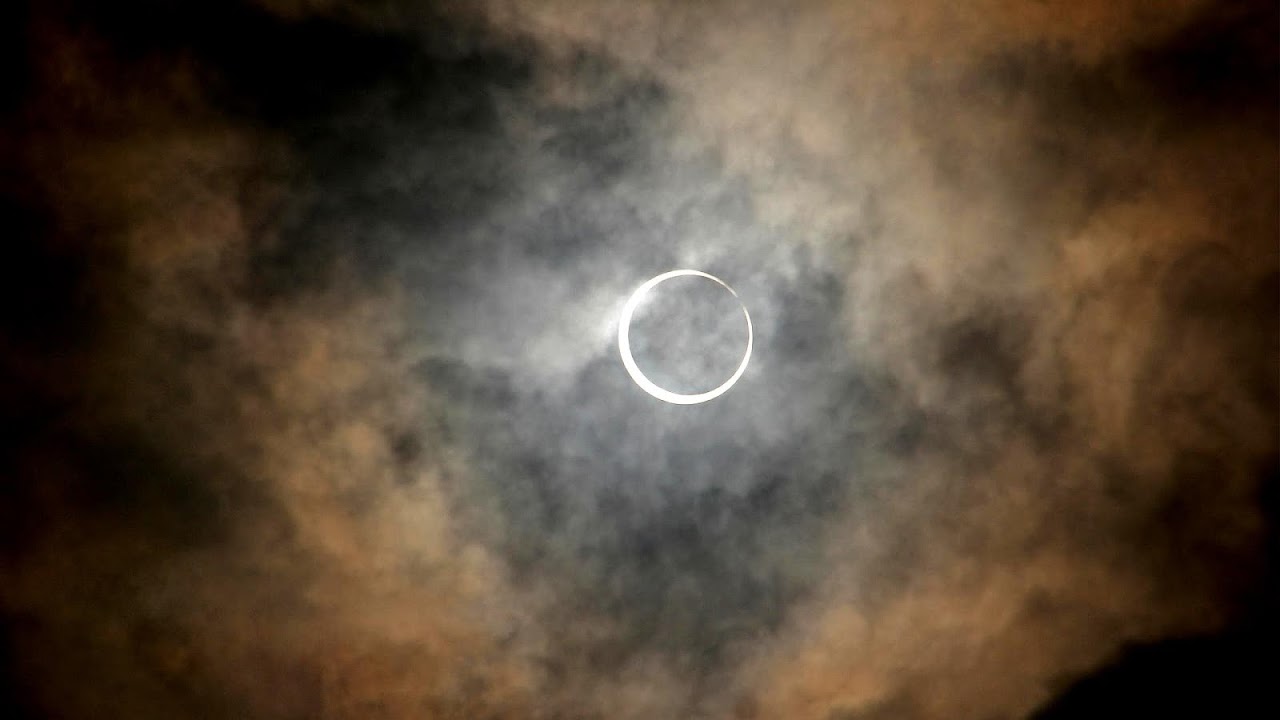
photo src: news.stlpublicradio.org
Timeline of solar astronomy

photo src: www.treadster.us
Maps, Directions, and Place Reviews
9th century
- 850 -- Ahmad ibn Muhammad ibn Kath?r al-Fargh?n? (Alfraganus) gives values for the obliquity of the ecliptic, the precessional movement of the apogees of the Sun
Solar Astronomer Video
10th century
- 900-929 -- Muhammad ibn J?bir al-Harr?n? al-Batt?n? (Albatenius) discovers that the direction of the Sun's eccentricity is changing
- 950-1000 -- Ibn Yunus observes more than 10,000 entries for the Sun's position for many years using a large astrolabe with a diameter of nearly 1.4 metres

photo src: samuelastronomy.wordpress.com
11th century
- 1031 -- Ab? al-Rayh?n al-B?r?n? calculates the distance between the Earth and the Sun in his Canon Mas'udicus

photo src: metro.co.uk
17th century
- 1613 -- Galileo Galilei uses sunspot observations to demonstrate the rotation of the Sun
- 1619 -- Johannes Kepler postulates a solar wind to explain the direction of comet tails

photo src: www.fi.edu
19th century
- 1802 -- William Hyde Wollaston observes dark lines in the solar spectrum
- 1814 -- Joseph Fraunhofer systematically studies the dark lines in the solar spectrum
- 1834 -- Hermann Helmholtz proposes gravitational contraction as the energy source for the Sun
- 1843 -- Heinrich Schwabe announces his discovery of the sunspot cycle and estimates its period to be about a decade
- 1852 -- Edward Sabine shows that sunspot number is correlated with geomagnetic field variations
- 1859 -- Richard Carrington discovers solar flares
- 1860 -- Gustav Kirchhoff and Robert Bunsen discover that each chemical element has its own distinct set of spectral lines
- 1861 -- Gustav Spörer discovers the variation of sun-spot latitudes during a solar cycle, explained by Spörer's law
- 1863 -- Richard Carrington discovers the differential nature of solar rotation
- 1868 -- Pierre Janssen and Norman Lockyer discover an unidentified yellow line in solar prominence spectra and suggest it comes from a new element which they name "helium"
- 1893 -- Edward Maunder discovers the 1645-1715 Maunder sunspot minimum

photo src: www.businessinsider.com
20th century
- 1904 -- Edward Maunder plots the first sunspot "butterfly diagram"
- 1906 -- Karl Schwarzschild explains solar limb darkening
- 1908 -- George Hale discovers the Zeeman splitting of spectral lines from sunspots
- 1925 -- Cecilia Payne proposes hydrogen is the dominant element of the sun, not iron
- 1929 -- Bernard Lyot invents the coronagraph and observes the corona with an "artificial eclipse"
- 1942 -- J.S. Hey detects solar radio waves
- 1949 -- Herbert Friedman detects solar X-rays
- 1960 -- Robert B. Leighton, Robert Noyes, and George Simon discover solar five-minute oscillations by observing the Doppler shifts of solar dark lines
- 1961 -- Horace W. Babcock proposes the magnetic coiling sunspot theory
- 1970 -- Roger Ulrich, John Leibacher, and Robert F. Stein deduce from theoretical solar models that the interior of the Sun could act as a resonant acoustic cavity
- 1975 -- Franz-Ludwig Deubner makes the first accurate measurements of the period and horizontal wavelength of the five-minute solar oscillations
- 1981 -- NASA retrieves data from 1978 that shows a comet crashing into the Sun

photo src: chicagotonight.wttw.com
21st century
- 2004 -- largest solar flare ever recorded occurs
Source of the article : Wikipedia


EmoticonEmoticon